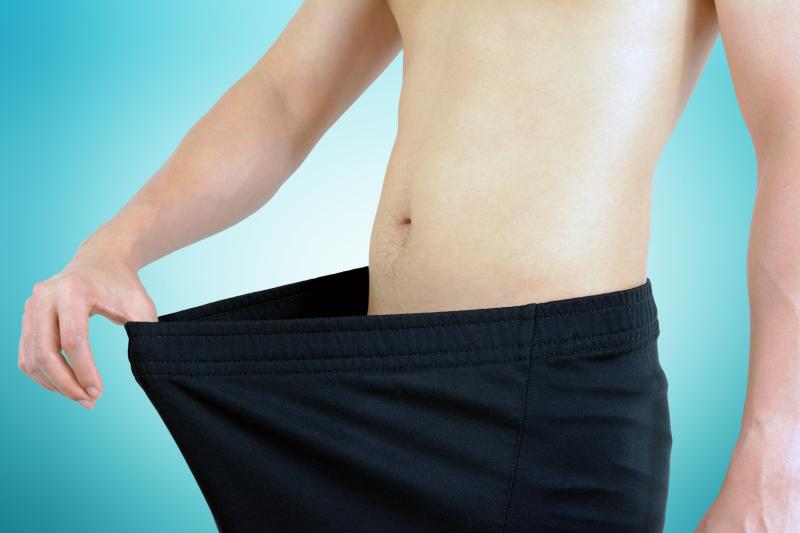
A novel low-intensity pulsed ultrasound (LIPUS) holds therapeutic potential in patients with mild-to-moderate erectile dysfunction (ED), restoring erectile function without deleterious consequences—a benefit attributed to the mechanical force of the device that can reverse the pathological changes in the corpus cavernosum, as shown in a recent study.
Current first- and second-line treatment approaches for ED offer only symptomatic improvements, falling short of fixing significant pathological changes in erectile tissue, the investigators pointed out.
“In our previous preclinical study, LIPUS therapy improved erectile function and reversed pathologic changes in penile tissue of streptozotocin-induced diabetic rats which were evidenced by enhanced intracavernous pressure level, increased endothelial and smooth muscle content, increased endothelial nitric oxide synthase (NOS) and neuronal NOS expression, and modified collagen and fibre changes with downregulation of TGF-β1/Smad/CTGF signaling pathway,” the investigators said. [Urology 2015;86:1241-1248.e11]
LIPUS delivers energy in a pulsed fashion at an intensity <3 W/cm2 to reduce the thermal effect of ultrasound that might induce local tissue damage. The current device features a pulse duration time-to-pulse rest time ratio of 1:4 at 1,000 Hz and frequency at 1.7 MHz.
The present trial examined the efficacy and safety of LIPUS on 120 ED patients, of whom 80 had been randomly assigned to receive the experimental intervention and the remaining 40 to sham intervention. Treatment was applied to both sides of the penis shaft and crus for 5 minutes in each area, twice a week for 4 weeks.
International Index of Erectile Function-5 (IIEF-5) scores, the primary index for effectiveness, significantly improved in the LIPUS vs the sham group at all post-treatment time points. The average increase in IIEF-5 from baseline was 3.03 vs 1.12 at week 4, 3.35 vs 0.71 at week 8, and 4.29 vs 0.91 at week 12 (p<0.05). [Transl Androl Urol 2019;8:307-319]
Overall, response rates (increase of ≥2 points in IIEF-5 scores) were significantly higher in the LIPUS group (67.50 vs 20.00 percent) 12 weeks following treatment.
In parallel with higher response, successful vaginal intercourse (assessed using Sexual Encounter Profile-questionnaires 2/3) occurred more frequently in the LIPUS vs sham group at weeks 4 (58.97 percent vs 28.95 percent), 8 (64.1 percent vs 31.58 percent) and 12 (73.08 vs 28.95 percent; p-all<0.05).
Positive response rates for Global Assessment Questions, “Did the treatment improve your erections” and “Did the treatment improve your sexual life,” were roughly two to three times higher in the LIPUS group (p<0.05).
Adverse events (AEs) recorded during the trial included urinary tract infection (UTI), abscess, local burning feeling and local pain, which was the most common. Visual analogue scale analysis for pain from the first to the twelfth week after treatment revealed no significant difference between the treatment and control groups. None of the patients developed local petechia or ecchymosis and haematuria.
The present data underscore LIPUS as a promising alternative therapeutic method for ED treatment in the near future, the investigators said.
“Very recently, low-energy shock wave therapy (LESWT), a form of physical therapy in micro-energy therapy, was shown to significantly improve erectile function both in animal studies and clinical settings,” the investigators noted. [Urology 2015;86:1241-1248.e11; Exp Neurol 2012;236:363-370]
“In general, LIPUS is a novel noninvasive method and is suited for use in combination therapy to treat ED, such as paired with oral phosphodiesterase type 5 inhibitors. A huge advantage of LIPUS compared to LESW is that [the former] can be delivered using a portable system that can be easily applied in the comfort of patients’ homes,” they added.
The investigators believe that LIPUS may also play a role in the treatment of stress urinary incontinence in the near future.